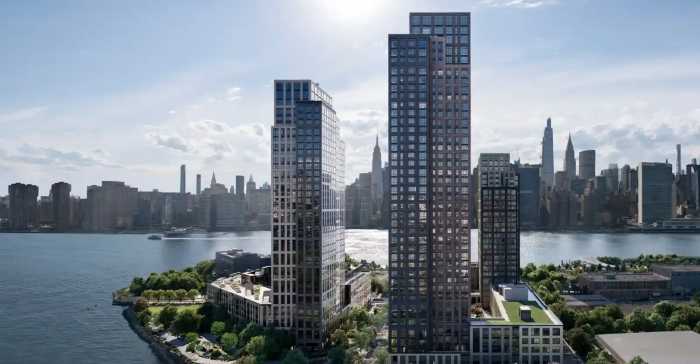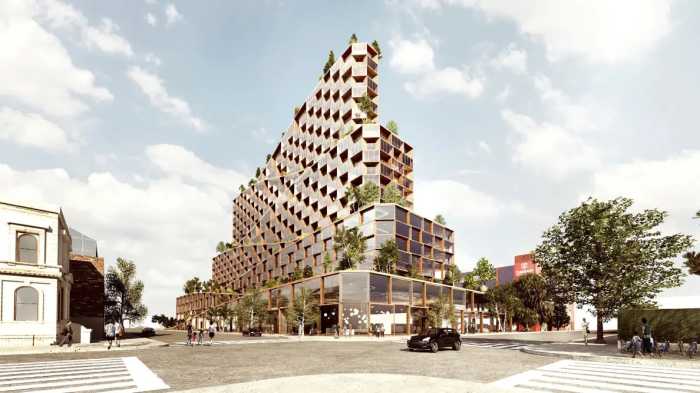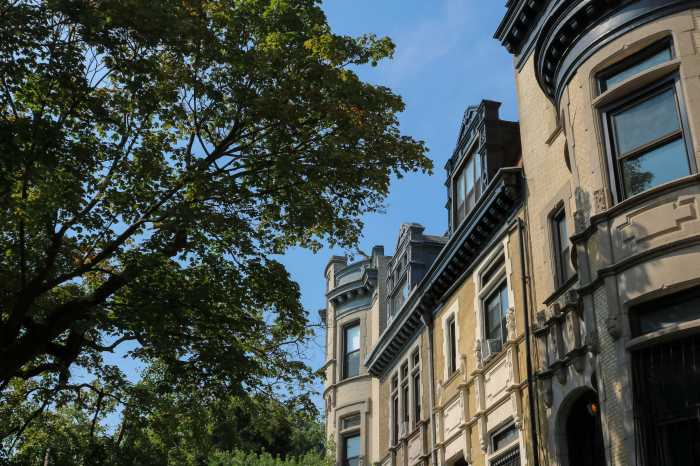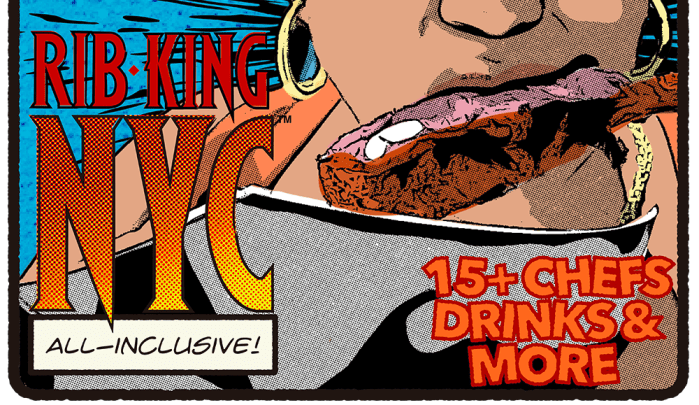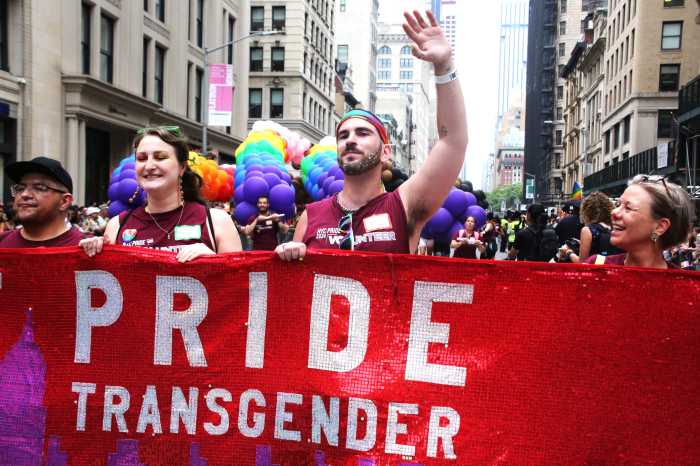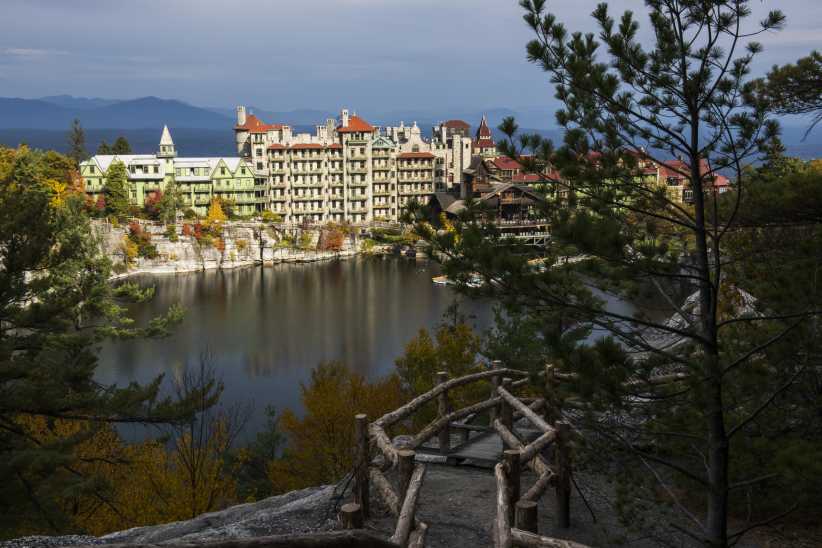The federal government’s just-announced plan to place the Gowanus Canal on its Superfund list once again highlights the need for a clean-up of the fetid waterway.
Like virtually everyone in the borough, The Brooklyn Paper supports a full clean-up of the Gowanus Canal, a corpse of water that is marred by PCBs, metals, pesticides and even gonorrhea.
But we have serious questions — most of them still unanswered — about whether the proposed Superfund would help.
For one thing, the state and city are already cleaning a toxic site at the heart of what old-timers still call South Brooklyn. Though we have long called for higher cleanliness standards than the state is seeking, local officials are at least working on the problem. History shows that federal intervention, even in the best-case scenario, would not bear fruit for decades.
Indeed, the “Superfund” is actually misnamed. It is not a huge pile of cash sitting in an Environmental Protection Agency bank account. Superfund designation allows the federal government to get polluters, past and present, to pay for the clean-up. In the case of the Gowanus, this process would be mired by the fact that most of the pollution occurred a century ago.
The EPA acted after Gov. Paterson asked it to consider the Gowanus as a Superfund site. But the governor, presiding over an epic budget shortfall, could merely be trying to pawn off the toxic river to a higher authority — at the moment when private developers are moving ahead with plans to build and clean up sites along the canal.
Toll Brothers, for example, has a reasonable and, most important, city-approved plan to build 447 units, plus open space and esplanades.
The city has also accepted a bid from the Gowanus Green Partnership to redevelop the so-called “Public Place” site just to the south of the Toll Brothers site. That plan would add 774 units to the mix, plus additional open space. The Partnership, which includes a private developer working with the Gowanus Canal Community Development Corporation and the Fifth Avenue Committee, has said it would not have been interested in the site but for the city and state’s clean-up promise, coupled with a commitment from National Grid to pay for most of it.
Mayor Bloomberg’s opposition to the federal designation stems from his own agenda along the canal — to rezone it as a residential community. Critics say that his goal in the canal zone is to help real-estate speculators make money, but those developers have a strong incentive to clean their land, lest no one buy those shiny new apartments.
It’s too soon to tell if federal involvement will speed, or delay, that process. But the bottom line is that the land around the canal must be safe for human habitation before anyone moves in.



